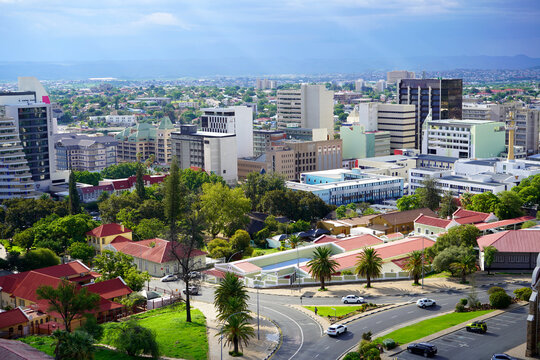- Home
- Switch to electric cars in Namibia, how much are you saving?
Switch to electric cars in Namibia, how much are you saving?
Electric vehicles (EVs) in Namibia are gaining attention as the government seeks to diversify its energy sources and promote sustainable development. While the adoption of EVs is still in its early stages, there is growing interest in these vehicles due to their environmental benefits and lower operational costs. Namibia has abundant renewable energy resources, such as solar and wind, which could make EVs an attractive alternative to gasoline vehicles in the future, particularly if these renewable energy sources are integrated into the national grid.
The charging infrastructure for EVs in Namibia is currently limited, primarily concentrated in urban areas like Windhoek. As demand for EVs grows, expanding the charging network, especially in rural areas, will be crucial. Additionally, the high initial purchase cost of EVs is a challenge, though global reductions in battery prices could make EVs more affordable in the coming years.

| Aspect | Electric Vehicles (EVs) | Gasoline Vehicles |
|---|---|---|
| Energy Efficiency | Over 85% efficiency, meaning most energy is used for propulsion. | Lower efficiency due to heat loss in combustion. |
| Consumption (100 km) | 15 kWh (electricity) | 6 liters (gasoline) |
| Cost per 100 km | $1.77 (15 kWh × $0.118/kWh, average electricity price) | $7.20 (6 liters × $1.20/liter, estimated fuel cost) |
| Annual Cost (15,000 km) | $265.50 | $1,080.00 |
| Annual Cost (25,000 km) | $442.50 | $1,800.00 |
| Annual Cost (30,000 km) | $531.00 | $2,160.00 |
| Annual Cost (50,000 km) | $885.00 | $3,600.00 |
| Annual Cost (70,000 km) | $1,239.00 | $5,040.00 |
| Annual Savings (15,000 km) | $814.50 | – |
| Annual Savings (25,000 km) | $1,357.50 | – |
| Annual Savings (30,000 km) | $1,629.00 | – |
| Annual Savings (50,000 km) | $2,715.00 | – |
| Annual Savings (70,000 km) | $3,801.00 | – |
| Maintenance Costs | Lower: No oil changes, timing belts, or exhaust systems. | Higher: Requires regular oil changes and more mechanical upkeep. |
| CO₂ Emissions | Very low due to potential renewable energy integration in Namibia. | High emissions due to combustion of fossil fuels. |
| Government Incentives | Possible future incentives for EV adoption, such as tax reductions or subsidies. | No special incentives for gasoline vehicles. |
| Infrastructure Growth | Limited charging infrastructure, mainly in urban areas; expansion needed. | Well-established fuel station network. |
| Energy Security | Reduces dependence on imported fossil fuels if renewable energy is used. | Dependent on global oil markets and price fluctuations. |
| Technology Evolution | Battery lifespan improving, costs reducing; gradual adoption expected. | Limited innovation in fuel efficiency improvements. |
| Long-Term Viability | Key to Namibia’s sustainable transportation future with increased renewable energy use. | Facing increasing environmental and regulatory constraints. |

